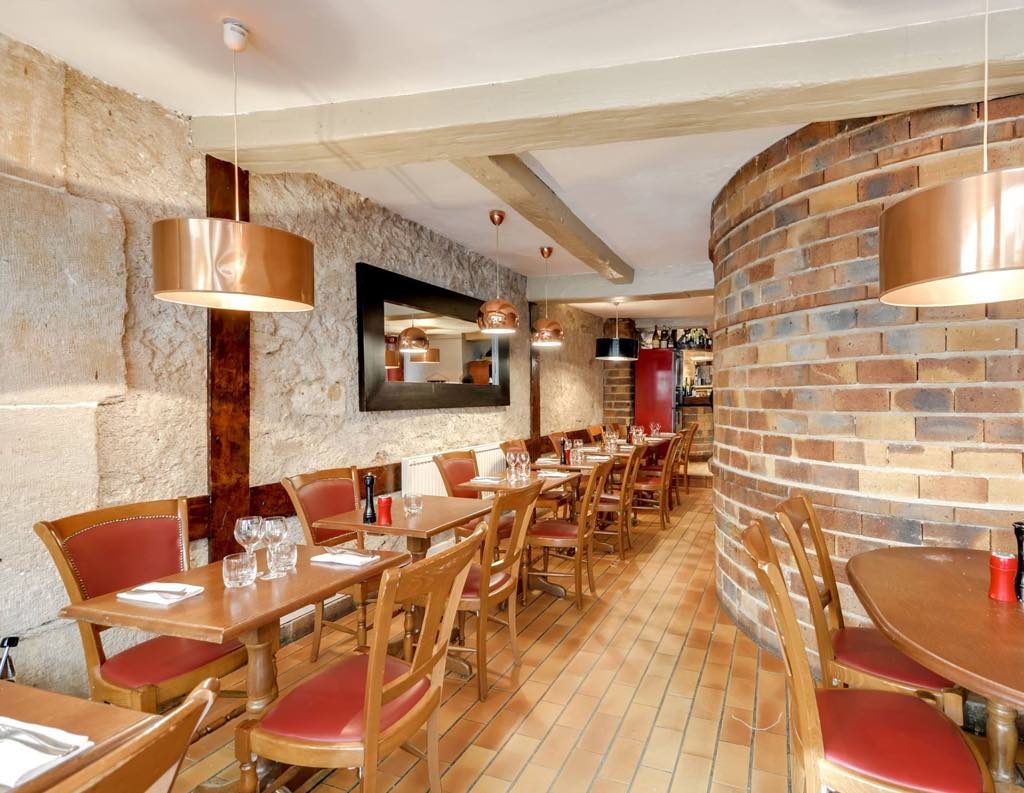Dear readers, before we proceed to further our acquaintance, I feel the time has come for me to own up to a nerdy addiction to cookery books: I am one of those people (you can add the “sad” yourself, if so inclined) who like to curl up in bed with a cracking good recipe book.
I have a small library, to which I or others occasionally add, but like a toddler, I can keep going back to the same old recipes and anecdotes, time after time. One tome that has sat on the shelf for several decades is a summa gastronomica by that Gallic national treasure, Paul Bocuse. It is called, quite simply, La Cuisine du Marché (if you can’t work that out, it means “go to the market and buy what’s freshest and best, schlep it back home and then look inside this book for a way to do it justice” – who says English is more concise than French?).
Bocuse’s is a grown-up recipe book, because the master doesn’t bore you with lengthy lists of ingredients, but plows straight in – “take this, do that, stir the other” – right on to the end, leaving you to join up some rather widely spaced logistical dots along the way. Rather different from Madhur Jaffreys’s “take a knife, and holding it in your hand with the sharp edge downwards….” But then, people in France would never think of suing a cookbook writer because they cut themselves trying out a recipe.
I mention this at some length, because I am always on the lookout for that rara avis: affordable cuisine du marché. One evening last spring, at the time when the whole of the Greater Paris area must have been awash in asparagus, my girlfriend, the good Doctor, felt “some asparagus coming on,” and as the shops had all shut, the only thing to do was to go questing. You don’t frustrate Doctor Madame lightly. Alas and alack, 10 ports of call later, we were still nowhere in sight of a single juicy spear, and, near starvation, temporarily abandoned the field and settled for one of the usual suspects.
To cut a long story short, I was idly tinkering at the keyboard soon thereafter and, ever-hopeful, googled “cuisine du marché” and “restaurants” and “Paris” and, lo and behold, up popped “Au Fil des Saisons” and some people saying very nice things about it – and quite rightly, too.
Along with the satisfied clients, however, there were some whiners and diners, who generally complained about the small portions. They were right and wrong. Right about the size of the portions. You do not go to Au Fil des Saisons to carbo-load before an important match or to sate adolescent bulk cravings. But they were certainly wrong to whine about it.
Au Fil des Saisons is a restaurant for people who want to savor interesting and original variations on what 30-year-old chef Stéphane Rocher tracks down on his twice-weekly pre-dawn forays to the great food market at Rungis, on the outskirts of the city.
The food is alluringly, but not preciously, presented, in a setting that tends toward the austere rustic. But you do have the precious commodity of space. At Au Fil des Saisons you will not have to dodge your neighbor’s cigarette-end (held politely away from his/her dining companion) as you try to convey food to your mouth with your elbows glued to your sides – an experience all too easily available in Paris.
The day’s bill of fare is written up, fairly legibly, on a blackboard (oops, chalkboard). Some are staples on the menu, but on each visit, I’ve seen half a dozen new dishes. Among the starters on my most recent visit were a type of ravioli with white asparagus (Yes! Asparagus!) and ham, and monkfish cheeks with spring cabbage. Mainstay main courses include confit de canard (slow-cooked preserved duck) and seared sea bass fillet with colorful, crunchy and, bien sûr, seasonal veggies. Or there’s quail with all the hard work done for you, flambéed in Cognac, or one of the best andouillettes (chitterling sausage) to be had. Plenty of game appears on the menu in the autumn.
Desserts include a selection of homemade sorbets presented on a porcelain painter’s palette; a triple-whammy chocolate dessert (adored even by the restaurant’s detractors) served in a trio of egg cups; and a properly made crème brûlée. The homemade bread comes in threes, too: three hot little loaves on a skewer.
If you don’t speak French, you may need a dictionary to fathom the menu, as the waitress, whose wickedly dry sense of humor is lost on non-French speakers – and many native French speakers, too – doesn’t speak in tongues. She is very patient, however, and the message does get through to the kitchen. If the chef is not too busy, he will be happy to come out and translate the menu for you himself.
You will need to reserve, especially in the evening, and if you’re shrewd, not before 9 p.m., when the first rush is over – unless you nip in on the dot of 8 p.m. Go soon. The good news is spreading exponentially.
© 2006 Paris Update
Favorite
